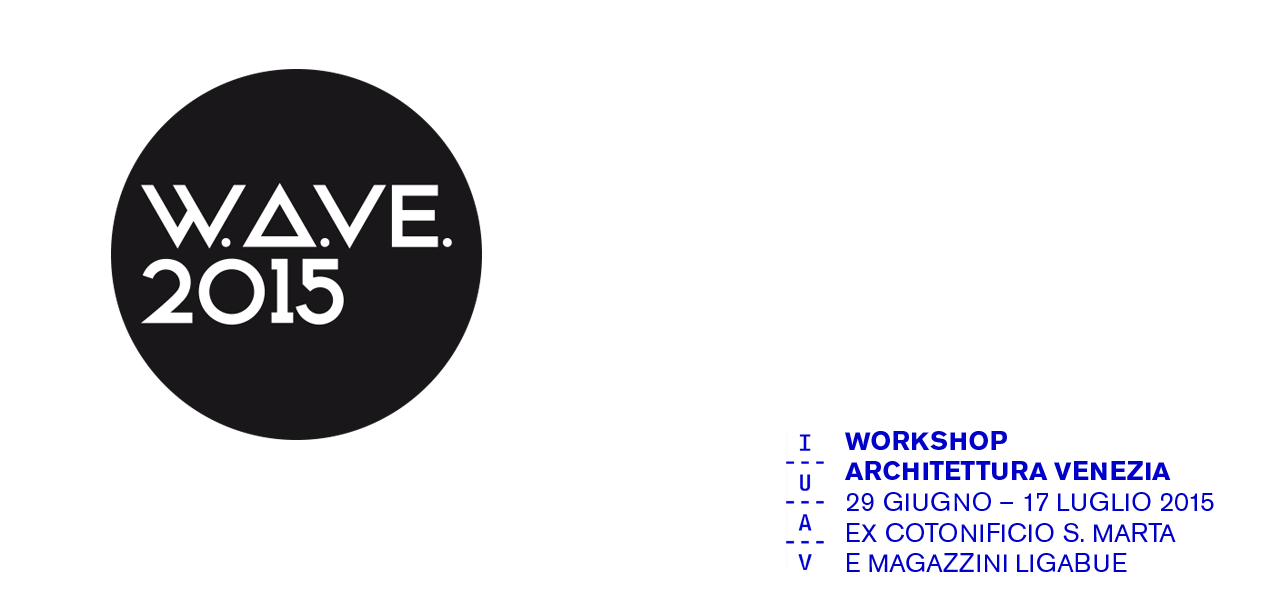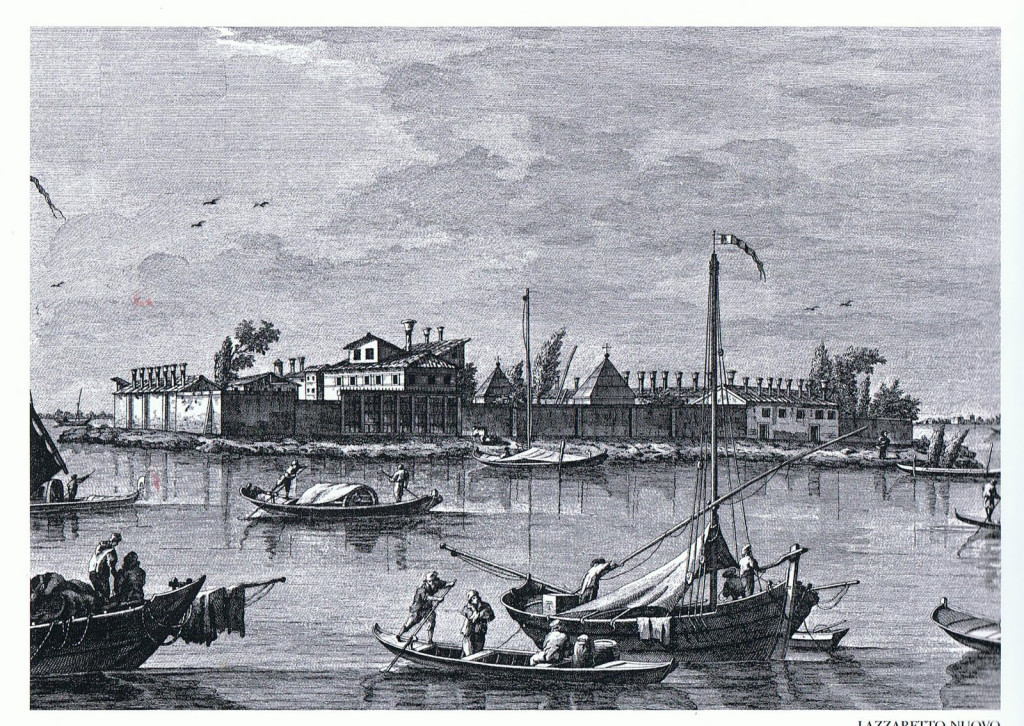Professor
Ángela García de Paredes & Ignacio Pedrosa [ES]
correo@paredespedrosa.com
Assistants
Guiomar Martin Domínguez
guiomarmd@gmail.com
EN // Historical buildings must have today more significance than being only fragments of the past to look at or to admire. They are not only the coffins for the data of our past. Some of these remains of our past are not used now and besides the beauty or strengthens of their ruins they express the character of he site where they are placed. This conjunction of landscape and frozen fragments of ancient architectures and archaeology also present the possibility of contemporary interventions, either permanent or temporary that permit being incorporated to new cultural uses.
We propose students to think over our heritage, to think about past and present times, where the fragments of the past may be incorporated to our own time. In architecture that leads with archaeology and heritage, past and present are contemporary and buildings are only pieces of different times and their values in independent of this condition. We think the city is a continuous process in which the architect works in layers, in the same way archaeologists do, integrating old and new. Archaeologists study ancient societies through the remains they leave and these remains may be used again incorporated in new architectures and in present times. In this sense, archaeology is not only ruins for contemplation, it also explain the continuity in architecture process.
With the students we shall think about these possibilities developing micro – spaces for micro – scenes in Lazaretto Nuovo Island, using respecting the legacy of the existing buildings in the area. We shall discover the history of the site and its evolution and also the different possibilities for its cultural use. We shall travel to the site, well protected from the sun and local mosquitoes.
The scenography will incorporate the remains of the buildings and excavations to be included in a new time, our time. And in this new scene, a specific musical piece will be played simultaneously, removing the borderline between past and present and also between the different parts of a dramatic piece. There is nor a before and an after and the order of the proposals and the plays will be the one that the visitor wishes as they are all represented at the same time. Through the different projects we shall control the scale of architecture and also its adaptation to the final objective and to precise situations and sites. We don´t pretend a theorical project but a real proposal in which the visitors to Venice, that is a macro scenography itself for tourists, may visit Lazaretto Nuovo Island, its heritage and archaeology and a performance.
IT // Oggi gli edifici storici devono acquisire maggior valore. Devono definirsi non solo rispetto alla contemplazione estetica caratteristica delle architetture del passato rappresentando molto più che singoli contenitori di dati in grado di svelare informazione sulle nostre origini. Alcuni di questi luoghi sono caduti in disuso o abbandono, aggiungendo alla forza evocativa delle loro rovine il carattere del luogo in cui si trovano. Questa combinazione di paesaggi e resti congelati di architettura e archeologia, presenta oggi la possibilità d’interventi architettonici, stabili o temporanei, che consentono la loro acquisizione come spazi culturali.
Proponiamo agli studenti di pensare al patrimonio costruito come un insieme di frammenti del passato, i quali possono incorporare il tempo presente attraverso la complicità della storia. Nelle architetture archeologiche, passato e futuro sono contemporanei e gli edifici sono porzioni del tempo, considerando la città come un processo continuo, dove si lavora a strati, integrando il nuovo e l’esistente. Se l’eredità fisica è la sostanza sulla quale gli archeologi lavorano per conoscere le società del passato, la nostra intenzione è di non pensare più all’archeologia come oggetto di contemplazione, ma come parte di nuove costruzioni annesse al presente come spazi del nostro tempo. Gli edifici che assorbono frammenti di architetture passate parlano della continuità dei processi architettonici.
Insieme agli studenti di questo workshop, vogliamo riflettere su questa possibilità attraverso il progetto di una scenografia teatrale nell’isola di Lazzaretto Nuovo, utilizzando l’eredità culturale delle preesistenze architettoniche con massimo rispetto. Dovremo perciò conoscere la storia del luogo e la sua evoluzione nel tempo, così come le sue possibilità di uso culturale, compatibili con la presenza degli elementi fissi, archeologici e patrimoniali. Visiteremo l’isola al riparo dal sole e dalle zanzare della Laguna.
Il progetto di scenografia assimilerà i resti del passato da inserire in un nuovo tempo, il nostro tempo. In questo spazio teatrale progetteremo varie scenografie per un’opera musicale concreta, in modo che le sue diverse parti possano essere interpretate simultaneamente, cancellando il tempo dell’opera stessa. Non esiste un prima o un dopo. L’ordine dei pezzi sarà quello che lo spettatore cercherà e vorrà, poiché tutte le parti saranno eseguite parallelamente, eliminando le tracce di tempo dalla materia dell’architettura. Attraverso le scenografie, gli studenti controlleranno il progetto e la scala dell’architettura e proporranno spazi e costruzioni concrete per situazioni e luoghi determinati. Non si tratta di un progetto teorico, ma di una proposta reale in cui i visitatori della città di Venezia, la quale è di per sé un’autentica scenografia dove si muovono i viaggiatori del nostro tempo, potrebbero visitare l’isola di Lazzaretto Nuovo, il suo patrimonio e la sua rappresentazione scenografica.

